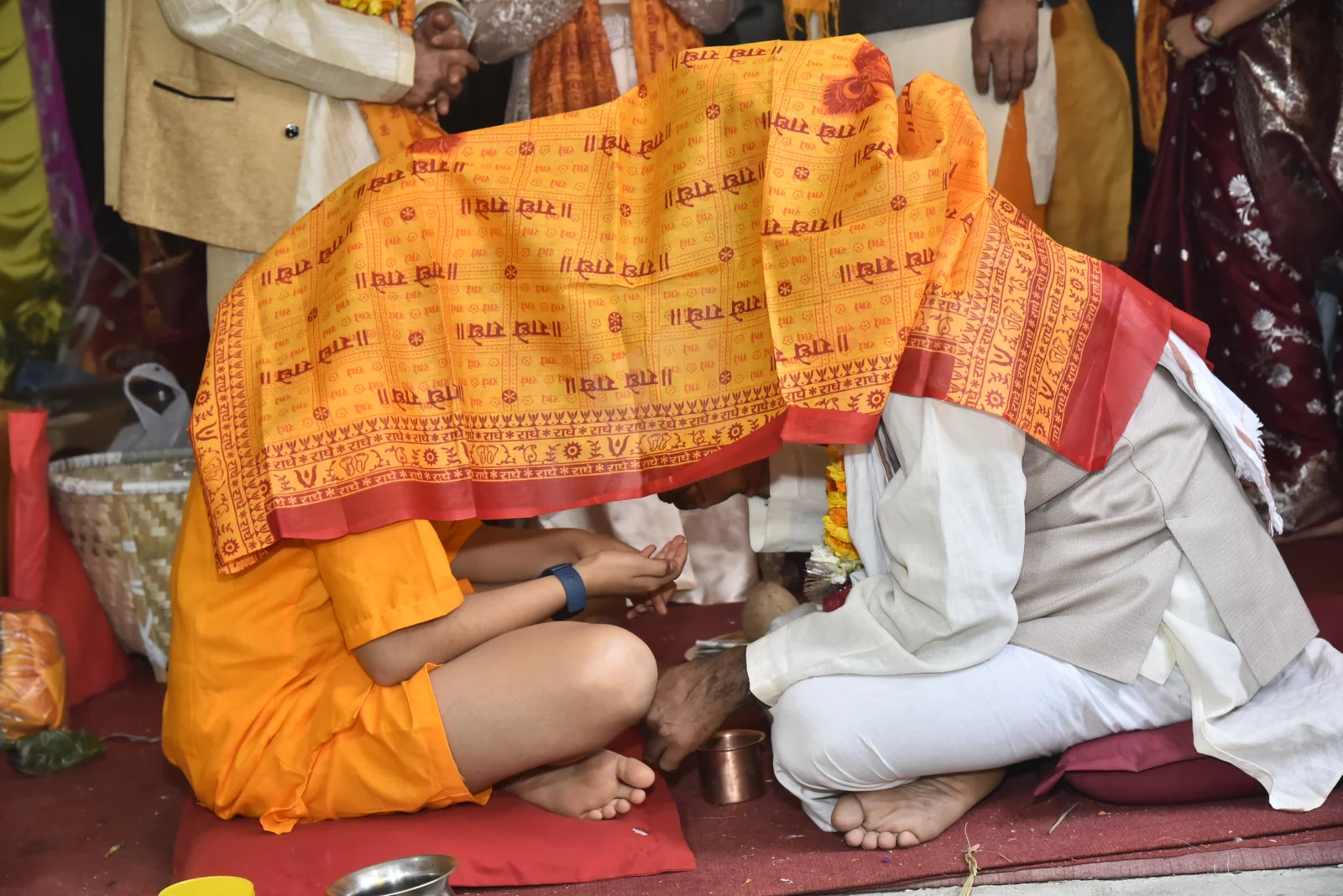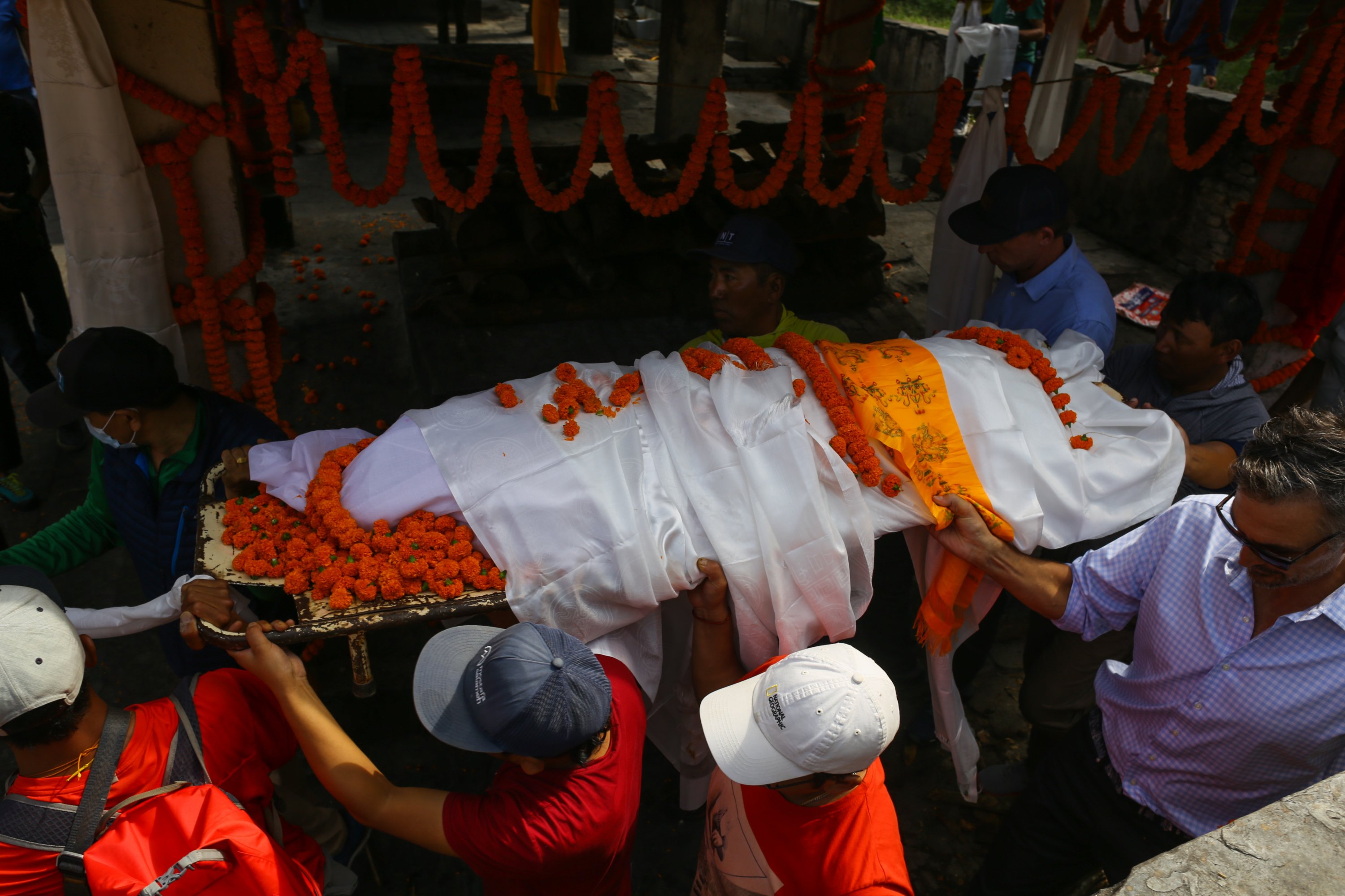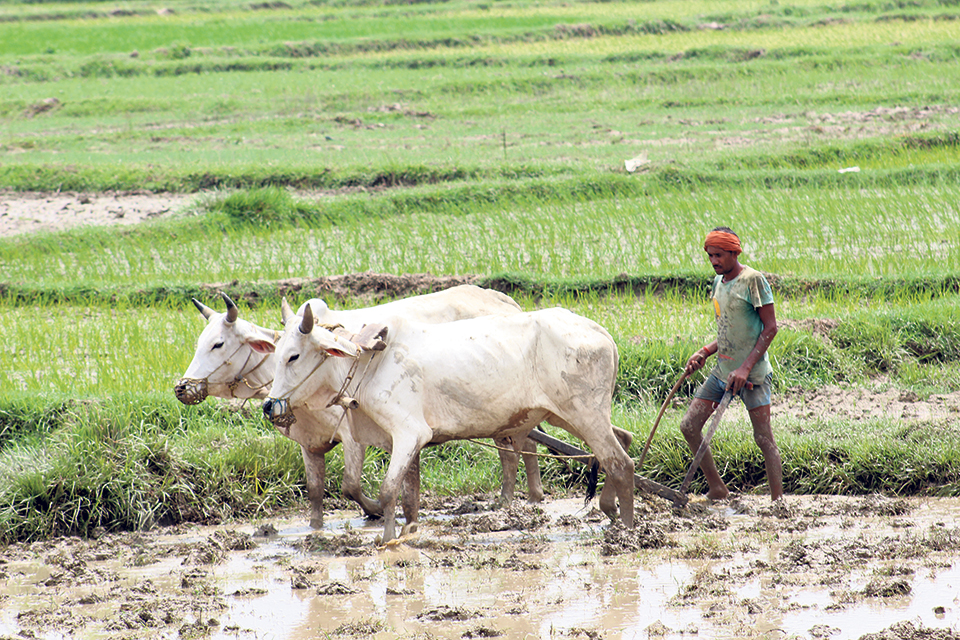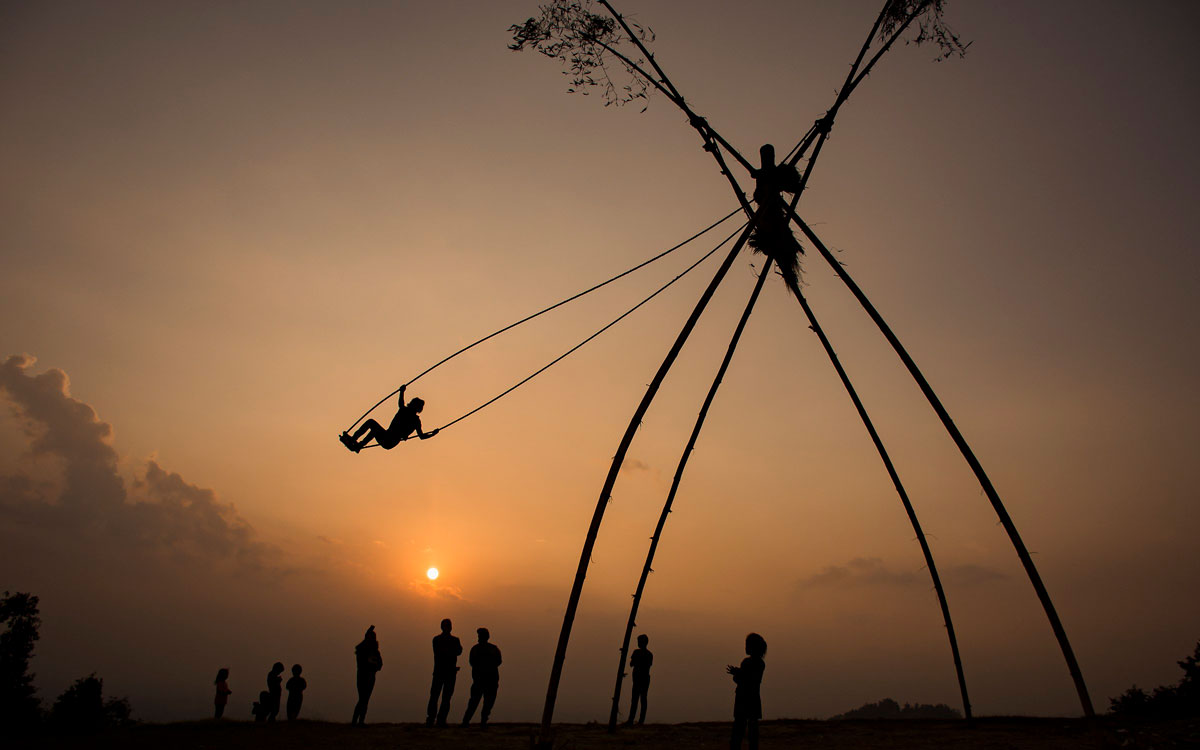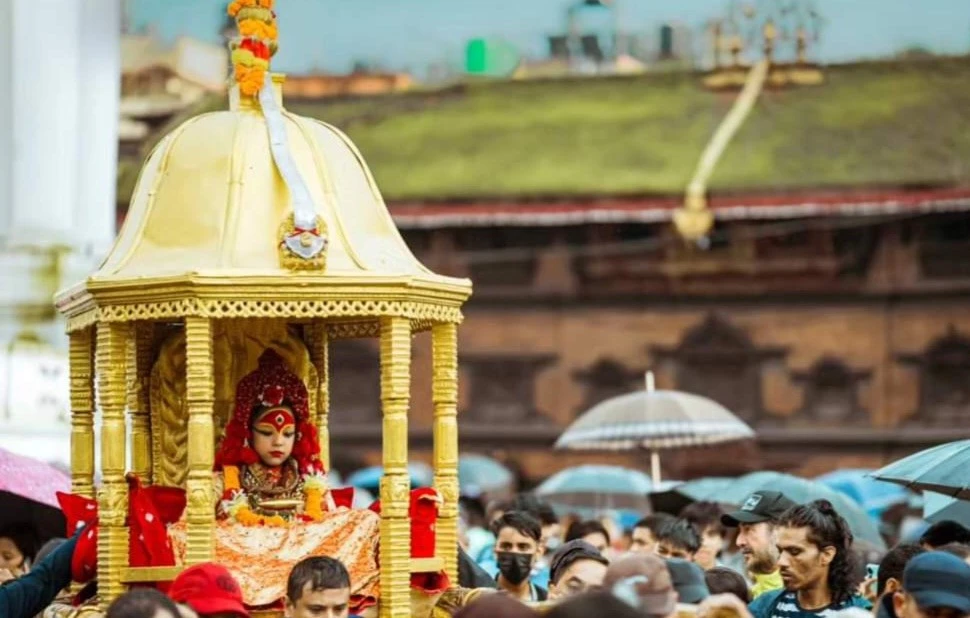Share this Article
Introduction: The Sacred Living Goddess
Nepal, a land steeped in ancient rituals and traditions, holds many unique cultural treasures, among which the Kumari tradition stands out as one of the most fascinating. The Kumari, or the Living Goddess, is not merely a cultural figure; she embodies the divine spirit of Taleju, a manifestation of the goddess Durga. This tradition, practiced predominantly among the Newar community of the Kathmandu Valley, is a living testament to Nepal’s devotion, artistry, and spiritual beliefs. Unlike other religious practices, the Kumari tradition is not symbolic but tangible, where a young girl is worshipped as the goddess herself, her every action observed and revered by the community.
The practice of worshipping a Living Goddess is believed to date back several centuries, blending Hindu and Buddhist influences seamlessly. Historically, the selection of a Kumari was considered a matter of both spiritual and political significance, with kings and rulers seeking her blessings before major decisions. Today, the tradition continues to thrive, attracting attention from scholars, devotees, and tourists alike, all eager to witness the ethereal presence of the Kumari in Kathmandu and beyond.
Historical Origins of the Kumari Tradition
The Kumari tradition traces its origins to the Malla dynasty, which ruled the Kathmandu Valley from the 12th to the 18th century. During this period, Nepal experienced a flourishing of art, culture, and religion, with the royal court establishing various rituals to consolidate spiritual and political authority. The selection of a Living Goddess was part of this larger cultural framework, designed to ensure divine protection over the kingdom.
The legend behind the tradition tells the story of a young girl embodying the goddess Taleju’s spirit, providing guidance and protection to the royal family and the community. Over time, this practice became institutionalized, with strict criteria for selecting the Kumari and elaborate rituals marking her daily life, public appearances, and ceremonial duties. The intertwining of legend, history, and politics created a deeply respected and enduring tradition that continues to influence Nepali society.
Selection Process: Finding the Living Goddess
The process of selecting a Kumari is both rigorous and mystical, reflecting the community’s dedication to divine authenticity. The candidate must be a young prepubescent girl, typically from the Shakya caste of the Newar community, considered to have a pure lineage and spiritual potential. Several physical and astrological criteria must be met, including specific bodily features, the shape of teeth, eyes, and limbs, which are believed to signify the goddess’s incarnation.
Once candidates are identified, they undergo a series of tests, some of which involve exposure to fear and danger to prove courage and composure, key traits associated with the goddess. This meticulous selection process is steeped in symbolism, representing the delicate balance between human innocence and divine strength. After being chosen, the girl is consecrated as the Living Goddess in a grand ritual, where priests, royalty, and devotees witness the transformation of a child into a revered deity.
Daily Life and Rituals of the Kumari
The life of a Kumari is unlike that of any other child, blending the mundane with the divine in every moment. From the day of her consecration, she is considered the living embodiment of the goddess Taleju, and her actions, expressions, and words are observed with reverence. She resides primarily in the Kumari Ghar, the historic palace located in Kathmandu Durbar Square, where her daily routines are meticulously guided by priests and caretakers.
A typical day begins with prayers and rituals that honor her divine status. The Kumari participates in ceremonies that reflect both Hindu and Buddhist traditions, performing rites that are believed to ensure the welfare and prosperity of the community. Her diet, clothing, and even the way she moves are governed by strict rules, symbolizing purity and spiritual discipline. Despite the strict regimens, her caretakers ensure that she also experiences elements of a normal childhood, although these moments are limited by her public role and the spiritual expectations imposed upon her.
The Kumari’s public appearances are among the most significant aspects of her life. Festivals such as Indra Jatra and Kumari Jatra showcase her in a chariot procession, where devotees throng the streets to receive her blessings. During these events, she remains composed and serene, reflecting the divine qualities attributed to her. The rituals surrounding these appearances are elaborate, with music, traditional dances, and ceremonial offerings, creating an atmosphere of spiritual fervor and cultural celebration.
Symbolism and Religious Significance
The Kumari tradition carries profound symbolic meaning in Nepali society. She represents the eternal feminine power, or Shakti, and is seen as a guardian of the city and its people. Her presence is believed to bring protection, prosperity, and divine guidance. Unlike statues or icons of deities, the Kumari embodies living divinity, making worship an interactive and deeply personal experience for devotees.
Religiously, the Kumari bridges Hindu and Buddhist practices. While rooted in the Newar community’s Vajrayana Buddhist heritage, she is also central to Hindu rituals, particularly those associated with the goddess Taleju. This syncretism reflects the inclusive and pluralistic nature of Nepali spirituality, where traditions intermingle and reinforce each other. The Kumari, as a living goddess, becomes a focal point of faith, transcending sectarian boundaries and embodying the collective spiritual identity of the Kathmandu Valley.
Challenges in Modern Times
Despite the reverence and cultural importance of the Kumari tradition, it faces several challenges in contemporary society. The demands of public life, strict rituals, and limited personal freedom pose psychological and social pressures on the young girls chosen as Kumari. Modern education and personal development opportunities are sometimes restricted, as her role prioritizes spiritual duties over conventional childhood experiences.
Additionally, urbanization, tourism, and changing societal attitudes have brought the tradition under global scrutiny. While international attention celebrates Nepal’s rich cultural heritage, it also raises ethical questions regarding the welfare and rights of the Kumari. Balancing traditional reverence with modern human rights has become a crucial discussion within the community, prompting efforts to adapt the practice without compromising its spiritual essence.
Cultural Impact of the Kumari Tradition
The Kumari tradition is more than a religious practice; it is a cultural phenomenon that has shaped the identity of Nepal, particularly the Kathmandu Valley. Her presence permeates festivals, rituals, art, and literature, reflecting the deep interconnection between spiritual devotion and cultural expression. Artists and craftsmen have long drawn inspiration from her serene visage, intricate attire, and the symbolic gestures of her hands, which are often depicted in paintings, sculptures, and traditional Newar art.
Festivals such as Indra Jatra and Dashain highlight the Kumari’s central role in communal celebrations. During these events, her chariot procession through the city streets becomes a spectacle of devotion, artistry, and social unity. People from all walks of life, regardless of caste or creed, come together to witness the goddess in her living form, fostering a shared sense of cultural identity. The Kumari serves as a unifying figure, reminding the community of its historical roots and the enduring significance of spiritual values in daily life.
Beyond festivals, the tradition influences education, storytelling, and social practices within the Newar community. Tales of past Kumaris and their miraculous deeds are recounted to children, embedding moral and spiritual lessons in the collective consciousness. These narratives, passed down through generations, reinforce respect for the divine, cultivate ethical behavior, and sustain the community’s cultural heritage.
Global Recognition and Influence
The uniqueness of the Kumari tradition has attracted global attention, making the Living Goddess a symbol of Nepal’s rich cultural legacy. Scholars, journalists, and tourists from around the world visit Kathmandu to witness the practice firsthand, documenting and studying it as an anthropological and spiritual phenomenon. Her image appears in international exhibitions, research papers, and media coverage, showcasing Nepal’s ability to preserve ancient customs in the modern era.
This global recognition has brought both opportunities and responsibilities. On one hand, it boosts cultural tourism, generating economic benefits for local communities and promoting awareness of Nepalese heritage. On the other hand, it necessitates careful management to prevent commercialization from overshadowing the tradition’s spiritual essence. Authorities and cultural organizations strive to maintain a balance, ensuring that the Kumari’s sacred role remains respected while embracing her status as a global cultural icon.
Preservation of the Tradition
Preserving the Kumari tradition in the 21st century requires deliberate effort and cultural sensitivity. Community leaders, religious authorities, and government bodies collaborate to safeguard the rituals, ceremonies, and architectural spaces associated with the practice. The Kumari Ghar, for example, has been maintained as a historical site, while educational programs aim to document and transmit the knowledge surrounding the tradition to younger generations.
Efforts also include adapting the tradition to contemporary contexts without diluting its spiritual significance. Modern healthcare, psychological support, and educational access are increasingly integrated into the life of the Kumari, reflecting a commitment to her overall well-being. By combining respect for ancient customs with modern safeguards, Nepal ensures that the Living Goddess continues to inspire devotion and cultural pride for generations to come.
Legends and Myths Surrounding the Kumari
The Kumari tradition is steeped in legends that weave together history, spirituality, and cultural imagination. One popular myth tells of King Jayaprakash Malla, a 17th-century ruler of Kathmandu, who sought the blessing of the goddess Taleju before a critical battle. According to the legend, a young girl appeared in the palace, miraculously embodying the goddess’s presence and granting the king guidance that led to victory. This story, passed down through generations, underscores the belief that the Kumari is not merely symbolic but an active protector and guide for the community.
Another significant legend involves the transformation of Taleju into a living child during times of crisis. In these accounts, the goddess chooses a pure and virtuous girl to carry her divine essence, serving as a bridge between the human and spiritual realms. Such myths reinforce the sanctity of the Kumari and validate the meticulous selection and consecration rituals that accompany her appointment. They also illustrate the deep interweaving of Hindu and Buddhist cosmology in Nepali culture, where divine intervention and human devotion coexist harmoniously.
Historical Accounts and Documentation
Historical records from the Malla period and subsequent dynasties provide detailed accounts of the Kumari tradition. Royal chronicles describe the ceremonies associated with her selection, the intricate designs of the Kumari Ghar, and the festivals in which she plays a central role. Foreign travelers, missionaries, and scholars have also documented their observations, offering valuable perspectives on the religious, cultural, and political significance of the Living Goddess.
These historical accounts reveal how the tradition evolved over time, adapting to changing political regimes and social contexts while maintaining its spiritual core. They also highlight the Kumari’s role in governance and diplomacy, as rulers often sought her blessings before major decisions, treaties, or battles. Such documentation underscores the dual nature of the Kumari as both a divine figure and a symbol of societal authority.
Notable Kumaris in History
Throughout history, several Kumaris have left lasting impressions on the cultural and spiritual landscape of Nepal. Each Kumari, during her tenure, becomes a living legend, her actions and demeanor scrutinized for signs of divine wisdom and virtue. Some have been credited with performing miraculous acts, providing counsel to rulers, or calming conflicts through their serene presence. Their stories are carefully recorded and celebrated in local folklore, contributing to the enduring mystique of the tradition.
For instance, Kumari Bhaktamala, who served during the early 20th century, is remembered for her composed demeanor during turbulent political times, earning respect from both the monarchy and the general populace. Similarly, contemporary Kumaris have navigated the complexities of modern life while upholding their sacred duties, demonstrating that the tradition is not static but a living, evolving practice that continues to resonate across generations.
Rituals During Festivals and Public Ceremonies
The Kumari’s participation in festivals is a central aspect of her cultural and religious significance. Indra Jatra, celebrated in Kathmandu, is perhaps the most prominent festival involving the Living Goddess. During this eight-day event, the Kumari is placed atop a beautifully decorated chariot and paraded through the city, receiving offerings and blessings from devotees. The festival combines elaborate music, dance, and traditional rituals, creating an immersive spectacle of faith and community unity.
During Dashain, another major festival, the Kumari’s blessings are sought to ensure prosperity, health, and protection for households. These rituals are marked by intricate ceremonies conducted by priests, involving symbolic offerings, prayers, and processions. Each act performed by the Kumari, no matter how small, is imbued with spiritual significance, reinforcing her role as a bridge between the divine and human realms.
Artistic Representation of the Kumari
The Kumari tradition has had a profound influence on Nepali art, inspiring painters, sculptors, photographers, and filmmakers for centuries. Her serene expression, intricate attire, and symbolic gestures are frequently depicted in traditional paubha paintings, wood carvings, and bronze sculptures. Artists strive to capture not just her physical likeness but the spiritual aura she embodies, reflecting the profound reverence with which she is regarded.
The Kumari’s attire itself is a work of art, meticulously crafted to convey divinity and authority. Rich fabrics, gold embroidery, and sacred jewelry are used to adorn her, each piece carrying symbolic meaning. Her red sari represents power and auspiciousness, while the kumari crown, or mukut, signifies her divine status. Even her posture and hand gestures are carefully designed to symbolize protection, blessing, and spiritual guidance. Through these artistic expressions, the Kumari becomes a living icon, bridging visual art and spiritual devotion.
Tourism and Global Fascination
Over the past century, the Kumari has become one of Nepal’s most iconic cultural attractions, drawing tourists from around the world. Visitors flock to Kathmandu Durbar Square to witness her in person, especially during festivals such as Indra Jatra. The fascination stems not only from her divine status but also from the uniqueness of a living goddess being worshipped in contemporary society.
Tourism has had a dual impact. On one hand, it has provided economic benefits, supporting local craftsmen, festival organizers, and heritage preservation efforts. On the other hand, it has raised ethical questions regarding the commercialization of sacred traditions and the privacy of young Kumaris. Cultural authorities strive to balance public interest with respect for the Kumari’s role, ensuring that her spiritual significance remains paramount despite her growing global recognition.
Influence in Media and Literature
The Kumari tradition has also inspired literature, documentaries, and films, both within Nepal and internationally. Writers explore her mystical life, the cultural heritage she represents, and the challenges she faces in modern society. Documentaries provide a window into her daily routines, rituals, and the intricacies of her public appearances, offering audiences a deeper understanding of this living tradition. In literature, she is often portrayed as a symbol of divine femininity, resilience, and cultural continuity, themes that resonate with both local and global audiences.
Media coverage has contributed to raising awareness about the Kumari, highlighting her significance beyond Nepalese borders. However, it has also prompted discussions about ethics, consent, and the pressures placed on children serving as living deities. These dialogues reflect the dynamic tension between tradition and modernity, emphasizing the need for culturally sensitive approaches in documenting and celebrating the Kumari.
Modern Challenges and Adaptations
In the 21st century, the Kumari tradition faces new challenges as society evolves. Education, psychological well-being, and personal freedom are increasingly recognized as essential components of a Kumari’s life. Authorities and caretakers are gradually integrating these considerations without compromising the sanctity of her role. Efforts include allowing Kumaris to attend school with adjusted schedules, providing healthcare and counseling, and ensuring that rituals are conducted safely and respectfully.
Urbanization and media exposure have also altered the context in which the tradition exists. While these changes have increased global awareness, they necessitate careful stewardship to prevent the commodification of the sacred. Communities, cultural organizations, and the government work together to preserve the essence of the tradition while making thoughtful adaptations that support the Kumari’s overall development and well-being.
Societal Role of the Kumari
The Kumari serves as a central figure in Nepali society, embodying spiritual authority, cultural continuity, and communal identity. Her presence reinforces traditional beliefs, providing a tangible link between the divine and the populace. Devotees seek her blessings for health, prosperity, and protection from misfortune, believing that her grace extends beyond individuals to entire communities.
In many ways, the Kumari functions as a moral compass and symbol of unity. Festivals and rituals involving the Living Goddess draw people together across caste, class, and regional boundaries. Her role transcends religious practice, influencing social cohesion and cultural preservation. The respect accorded to her underscores the importance of spirituality in shaping community ethics, public conduct, and collective identity in the Kathmandu Valley.
Gender Perspectives and the Kumari
The Kumari tradition is also a fascinating lens through which to explore gender dynamics in Nepali society. While she embodies divine feminine power, her role simultaneously highlights the societal constraints placed on girls. Chosen at a young age, she assumes immense spiritual responsibility, but her personal freedom and education are limited during her tenure.
Yet, the tradition elevates the feminine as a central source of divine authority, challenging patriarchal norms in unique ways. Unlike most historical systems where power is male-dominated, the Kumari demonstrates that spiritual and symbolic authority can reside in a child girl, revered above kings, officials, and priests. This duality—empowerment within restriction—provides a rich framework for understanding the complex intersections of gender, religion, and culture in Nepal.
Anthropological Insights
Anthropologists and scholars studying the Kumari tradition highlight its significance as a living cultural institution. It represents the persistence of ancient ritual practices, social hierarchies, and symbolic cosmology within modern society. Through detailed fieldwork, researchers observe how the Kumari mediates between human and divine realms, influencing not only religious behavior but also social organization and political legitimacy.
The selection process, rituals, and community participation associated with the Kumari provide insights into the values, beliefs, and worldviews of the Newar people. Anthropological studies emphasize that the tradition is not merely ceremonial; it actively shapes social norms, ethical conduct, and the intergenerational transmission of cultural knowledge. The Kumari thus functions as both a spiritual figure and a cultural anchor, ensuring continuity amidst societal change.
The Future of the Kumari Tradition
As Nepal modernizes, the Kumari tradition faces both challenges and opportunities. Preservation efforts must balance the sacred with the practical, ensuring that the well-being of the young goddess is prioritized alongside ritual fidelity. Education, healthcare, and psychological support are increasingly integrated into the system, reflecting contemporary values without undermining centuries-old customs.
The global fascination with the Kumari also presents a platform for cultural diplomacy, allowing Nepal to showcase its spiritual heritage on the world stage. Careful documentation, scholarly research, and responsible tourism can help sustain the tradition while respecting the dignity and agency of the girls chosen as Kumari. By blending reverence for tradition with thoughtful adaptation, the Living Goddess will continue to inspire devotion, cultural pride, and spiritual reflection for generations to come.
Educational and Psychological Considerations
While the Kumari is revered as a living goddess, her role also places significant demands on her young mind and body. Historically, her spiritual duties often took precedence over formal education, limiting opportunities for intellectual development. In recent years, however, caretakers and cultural authorities have recognized the importance of education in shaping a balanced life for the Kumari. Adjusted schooling schedules, private tutoring, and culturally sensitive curricula are now often integrated to ensure that she receives academic instruction without compromising her religious responsibilities.
Psychological well-being is another crucial consideration. Living in seclusion for most of her tenure and constantly under public scrutiny can create stress and emotional strain. Experts, including child psychologists, work alongside priests and caretakers to provide support, monitoring the Kumari’s mental health and fostering coping mechanisms for her unique situation. Through careful guidance, the tradition aims to nurture both her spiritual role and her personal development, demonstrating a modern sensitivity to the welfare of these young girls.
Health and Lifestyle of the Kumari
The physical health of the Kumari is closely monitored, as her ability to perform rituals and participate in festivals depends on her well-being. Traditional diets, often rich in nutritious foods, are designed to sustain energy and vitality while aligning with cultural practices. Regular medical checkups, vaccination programs, and attention to hygiene have become increasingly common, reflecting a modern approach to health management within the framework of an ancient tradition.
Daily routines also include limited physical activity and structured rest periods to ensure that the Kumari maintains her composure and energy for public appearances. Even in ceremonial settings, care is taken to prevent exhaustion or harm, emphasizing the dual focus on spiritual reverence and child welfare. These adaptations reflect a growing awareness of the practical needs of the Kumari while maintaining the sanctity of her role.
Community Engagement and Devotion
The Kumari is deeply embedded in the social and spiritual fabric of Nepali communities. Devotees regularly seek her blessings for health, prosperity, and protection, demonstrating the trust and reverence placed in her presence. Community members participate in festivals, rituals, and processions, fostering a shared sense of cultural identity and religious devotion.
Beyond ceremonial occasions, the Kumari’s symbolic influence extends into daily life. Her role encourages ethical behavior, social cohesion, and respect for tradition. Even after her tenure ends, former Kumaris often continue to hold a respected position in society, offering guidance, participating in cultural activities, and serving as living symbols of Nepal’s heritage.
Ethical Considerations
The modern Kumari tradition raises important ethical questions, particularly concerning child welfare, autonomy, and consent. Balancing centuries-old spiritual practices with contemporary standards of human rights and child protection requires careful deliberation. Authorities, scholars, and cultural practitioners work to ensure that the tradition respects the dignity and rights of the girl while preserving its sacred essence.
Transparency in selection, supportive caretaking, and informed consent from the child’s family are increasingly emphasized. Ethical considerations also extend to tourism and media exposure, ensuring that the Kumari’s privacy is maintained and that her representation is respectful and culturally accurate. By addressing these concerns, Nepal demonstrates that ancient spiritual practices can coexist with modern ethical standards, ensuring that the Living Goddess remains a source of inspiration rather than controversy.
Conclusion: The Enduring Legacy of the Living Goddess
The Kumari tradition of Nepal is a remarkable testament to the country’s rich spiritual, cultural, and artistic heritage. As the Living Goddess, the Kumari embodies the divine presence of Taleju, serving as a bridge between the human and spiritual worlds. Her life, though marked by strict rituals, careful observation, and sacred duties, is also a source of inspiration, drawing devotees, scholars, and tourists from across the globe. Through her presence, centuries-old traditions of devotion, artistry, and community cohesion continue to thrive, preserving the essence of Nepalese identity.
Beyond her religious significance, the Kumari represents the intersection of spirituality, gender, and societal values. She challenges conventional norms by placing divine authority in the form of a young girl, while simultaneously highlighting the responsibilities and limitations imposed upon her. Modern adaptations in education, healthcare, and psychological support reflect a society striving to honor tradition while embracing contemporary understandings of child welfare and human rights.
The Kumari’s influence extends far beyond the palace walls. Through festivals, rituals, artistic representation, and community engagement, she nurtures cultural continuity and collective identity. Even after her tenure ends, her legacy continues to inspire devotion, respect, and cultural pride, serving as a living reminder of Nepal’s capacity to preserve its ancient heritage amidst the forces of modernity.
In essence, the Kumari tradition is more than a religious practice—it is a vibrant symbol of Nepal’s enduring devotion, artistic excellence, and cultural resilience. By safeguarding this unique institution, Nepal ensures that the Living Goddess will continue to embody divine grace, inspire reverence, and enrich the cultural tapestry of the nation for generations to come.
Categories:
Culture & Traditions
Tags:
tradition
,
Kumari


